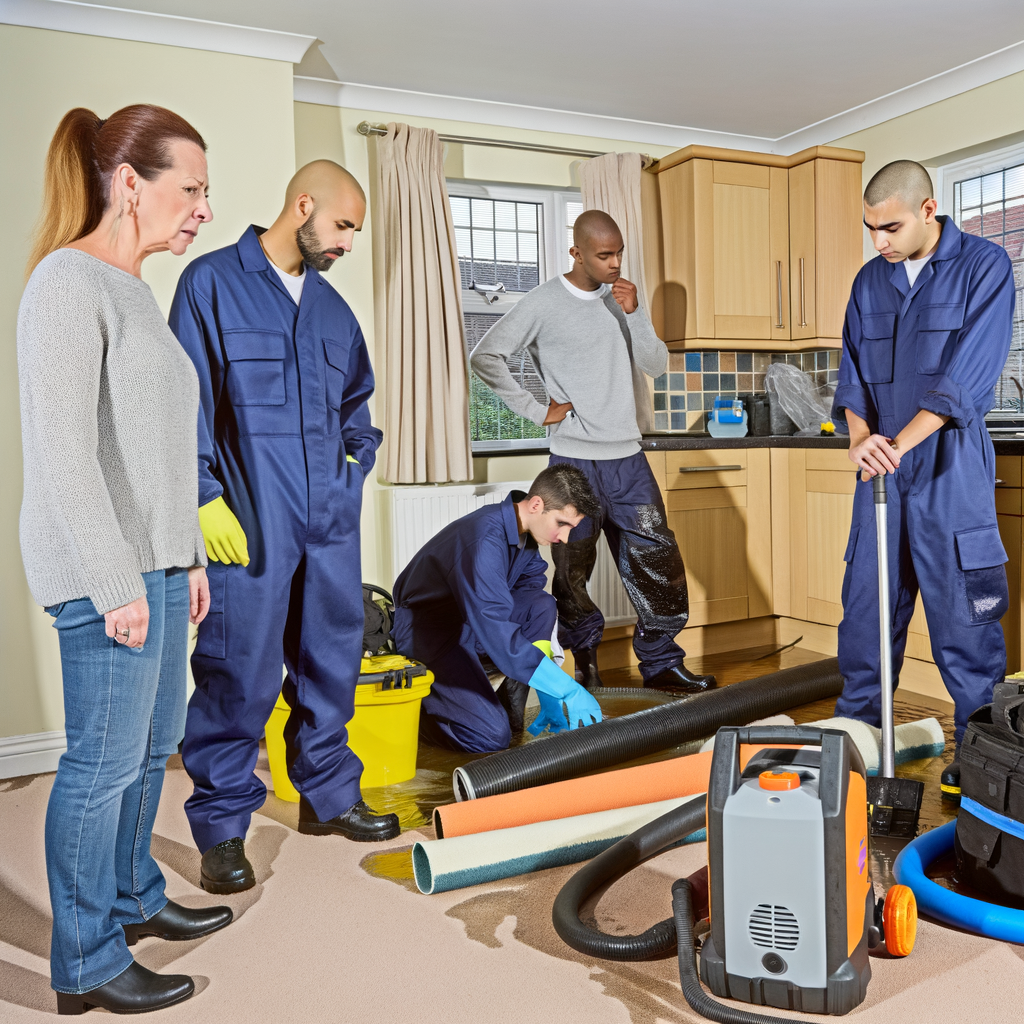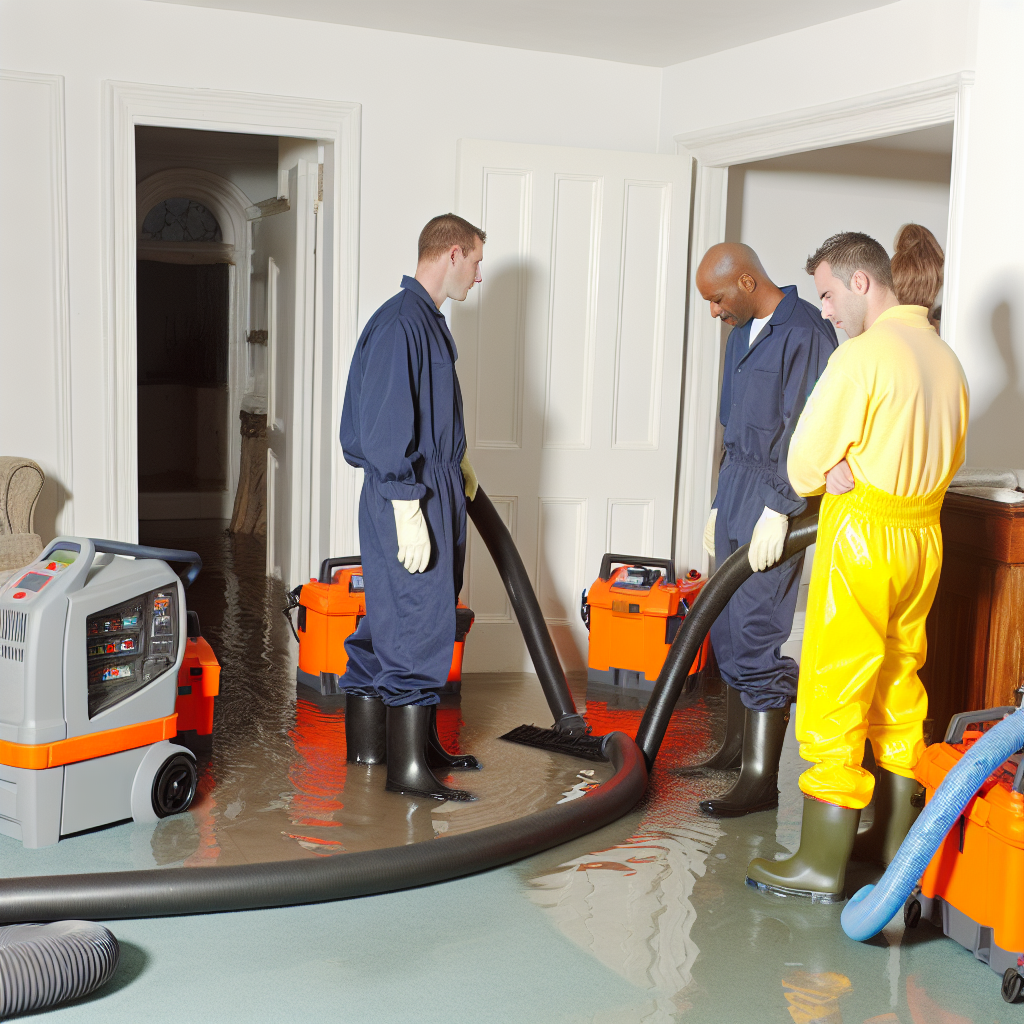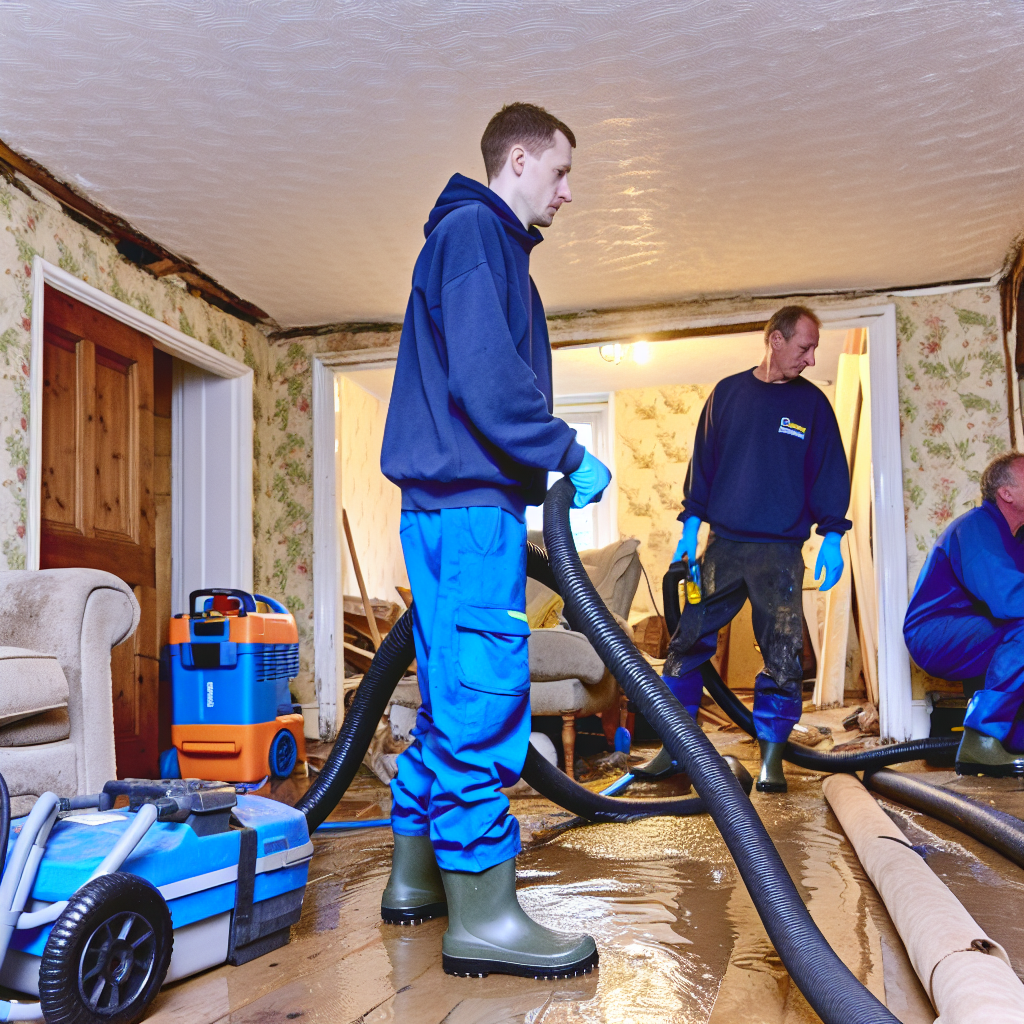An Expert Guide to Navigating Insurance Claims and Restoration Methods for Flood Damage in the UK
Your world can turn upside down when a flood hits your property. Understanding the ins and outs of making insurance claims and restoring your home can feel overwhelming. Our expert guide takes you through the critical steps, providing a beacon of light during this challenging time.
Table of Contents
- Understanding Flood Insurance in the UK
- Navigating the Maze of Flood Insurance Claims
- Restoration Basics: What to Expect
- Advanced Restoration Methods for Maximum Recovery
- Navigating Regulations & Compliance in Flood Damage Restoration
- Frequently Asked Questions
Understanding Flood Insurance in the UK
Flood insurance protection in the UK is primarily offered through the Flood Re scheme, a joint initiative between the UK government and insurers. With over five million homes at risk of flooding in England alone [1], understanding the mechanics of flood insurance is key [2].
Navigating the Maze of Flood Insurance Claims
An insurance claim can be a daunting process. Having the necessary documentation, punctual communication, and understanding your insurance policy’s stipulations are paramount to a successful claim [3]. One in four households has been denied a claim because they misunderstood the terms of their policy [4].
Restoration Basics: What to Expect
After a flood, prompt and efficient restoration is crucial. When done correctly, it can minimize structural damage, prevent mould growth, and salvage precious belongings. Restoration companies use methods such as water extraction, drying, dehumidification, and cleaning [5].
Advanced Restoration Methods for Maximum Recovery
New technology like infrared cameras and hygrometers are being utilized to provide more accurate assessments and effective cleanup [6]. Understanding these processes can help you make informed decisions on hiring restoration services.
Navigating Regulations & Compliance in Flood Damage Restoration
It’s essential to be familiar with the UK standards for flood damage restoration, like the British Standard for flood resilience (PAS 1188) [7]. Make sure your restoration company adheres to these standards to avoid legal complications and ensure quality of work.
Frequently Asked Questions
What is the Flood Re scheme? What homes are eligible?
What are some common reasons for denial of flood claims?
What kind of documentation do I need for a successful flood claim?
What does the restoration process after a flood look like?
What are some advanced restoration methods used today?
What are the regulations for flood damage restoration in the UK?
References
- [1] Environment Agency. (2019). “Flood and coastal risk management in England”. Link
- [2] UK Government. (2018). “The Flood Re scheme: understanding its impact”. Link
- [3] Financial Ombudsman Service. (2021). “Understanding flood insurance claims”. Link
- [4] House of Commons Library. (2020). “Managing flood risk”. Link
- [5] British Standard Institution. (2014). “Flood protection products – Specification”. Link
- [6] Association of British Insurers. (2019). “Responding to Major Floods: The Insurance Industry”. Link
- [7] British Standard Institution. (2020). “Flood Resilience – Guidance and standards research project”. Link
Tackling flood damage can seem formidable, but with a good understanding of insurance mechanics, an insight into restoration practices, and an awareness of regulations, you can navigate this challenge with confidence and come out stronger on the other side.




